Over the years, we have shared plenty of traditional tips for painting outdoors, such as how to develop the right composition when there’s a magnificent landscape before you, or how to paint with a limited palette. Recently, I reached out to some of our favorite plein air painters and asked them to tell us at least one thing they do that might surprise others. Their answers are sure to enlighten and entertain. Enjoy!
1. Stuff Everywhere
“I have multiple sketching and painting setups stashed all over the place … in my car, my purse … I’m always ready to go if I see something I want to capture.”
~ Jane Hunt
@janehuntart
2. Forgetting to Eat
“Many artists talk about being in ‘the zone’ (a trance-like state of intense focus and concentration, when a painting’s creation seems to flow off the brush and external stimulus fades away). With my years of practice and the mentality of ‘just showing up at the easel,’ it is easier now for me to get into the zone. However, it must be strange for people who ask me a question (a passerby when I’m working en plein air, or my family entering the studio) as I’m often unable to speak or forget to eat as I get so focused on what I’m doing.”
~ Christine Lashley
@christinelashleyart
(Featured in “Vibrant Landscapes“)
3. Staying Comfy
“I consider myself a fair weather plein air painter and am proud of it! I’m thinking of starting a club. I have to be comfortable to paint outdoors. I’m definitely NOT hardcore. I thought I could be, but I fail miserably at it. Wind, blistering cold, high heat and humidity literally cause me to run (rain, not so much). So for me, plein air painting might involve a car, my enclosed porch with A/C or heat, my patio, or maybe the gazebo. I LOVE my brushes, so other tools are cute, but I don’t need to complicate my life more than it already is. I am passionate about whatever ‘brush of the week’ I am using (always Rosemary & Co).”
~ Johanne Mangi
@mangijohanne
(Featured in “The Fine Art of Painting Horse Portraits“)
4. They Don’t Always Put Their Phones Away
“The tool that I use most is my iPhone. I take a photo and can crop it and enhance the colors. I can turn it into black-and-white to see if the composition is working. In the end, I have a good reference photo when I get back in the studio.
“Something else that I do is that I start my painting with no sun on it, but once I feel good about the value shapes, I turn it around to get light on the canvas to see the color better and to finish the painting without looking at the scene, and focus on creating a good painting.”
~ Mark Fehlman
@markfehlman
(Featured in “Design Strategies for Powerful Paintings“)
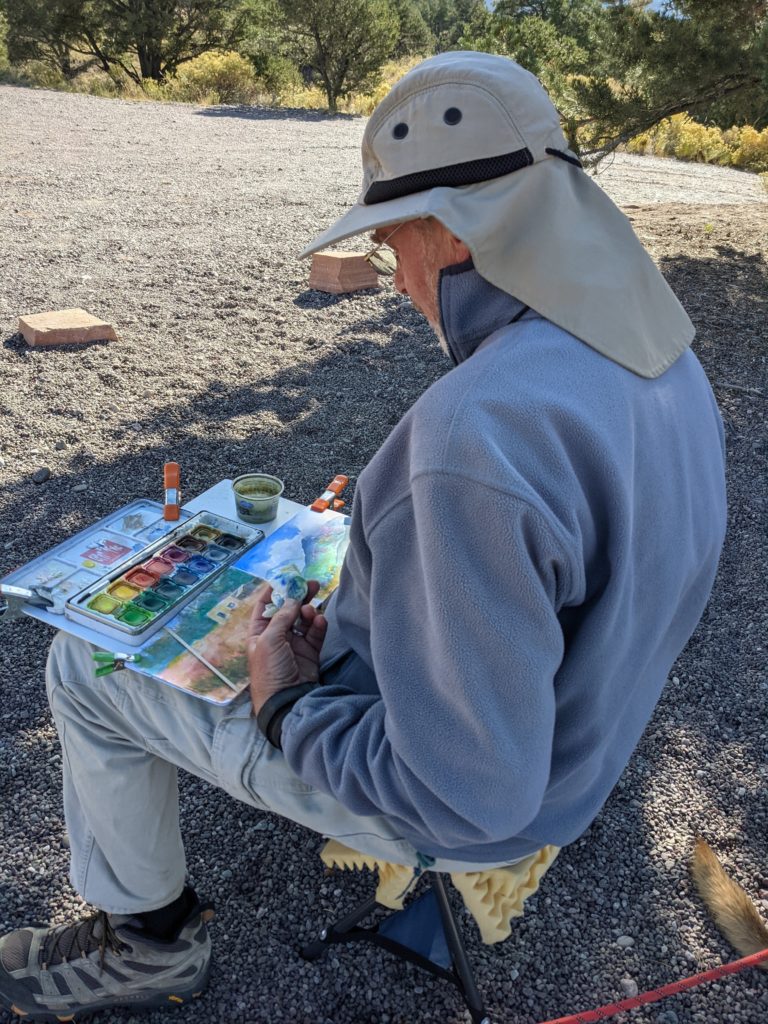
5. One Eye Is Better Than Two
“When I paint in gouache outdoors, I prefer to work in my lap, and I also prefer to not carry a stool. So, I’m usually hunting for a rock to sit on. I found that a small piece of egg crate foam, doubled over, is the perfect pillow.
“Also, lately I have found myself painting with one eye closed! I’m not completely sure why I do this. I habitually squint when observing the landscape — as most painters do — and I think that keeping one eye closed keeps the ‘squint’ going. So I’m squinting at my canvas as well as at the landscape. It makes it easier to compare the shape I’ve laid down in paint with the shape I’ve observed.
“When painting in pastel, I take an oil painting knife with me. I use the knife’s edge to scrape off pastel passages for corrections, and I also use the flat side of it to blend pastel.”
~ Michael Chesley Johnson
@mchesleyjohnson
6. Fighting the Wind
“I always carry tent stakes and small bungee cords just in case it’s windy — the bane of plein air painting! I once had to hide behind my car with my tripod staked in the ground and the bungees holding it fast as a howling wind pounded me. It was springtime and the temperatures were in the low 40s — I never felt so cold painting. My easel held fast and I managed to get a good one done.”
~ Paul Kratter
@kratterpaul
(Featured in “Mastering Trees“)
7. Worth Noting: Some Carry a Blade
“Razor blades can be dangerous if not handled properly, but I often employ them in both outdoor and indoor painting as an ‘additive’ and ‘subtractive’ tool. I use them to apply paint — especially on small plein air panels — make marks, and blend color passages in an unexpected and pleasing way — great for grasses and wave action! I also use them to take off paint (scrape down old paintings for repainting, thin paint passages that are too heavy, expose lighter underpainted color underneath). (And when I travel, I put them in my checked-on baggage!)”
~ Rick Delanty
@rickj.delanty
Bonus Idea!
8. “I put location stickers on my paint box from all the places I have painted. It’s my ‘I’ve Been Everywhere Man’ easel!”
~ Suzie Baker
@suziebakerartist
(Featured in “Color Magic for Stronger Paintings“)
I’m working with many of today’s best plein air painters who are telling us their surprising secrets, so stay tuned for more fun and inspiring advice!
Yours in art,
Cherie Dawn Haas
Editor, Plein Air Today
Visit EricRhoads.com to find out all the amazing opportunities for artists through Streamline Publishing, including:
– Online art conferences such as Plein Air Live
– New video workshops for artists
– Incredible art retreats
– Educational and fun art conventions, and much more.
> Subscribe to Plein Air Today, a free newsletter for artists
> Subscribe to PleinAir Magazine so you never miss an issue

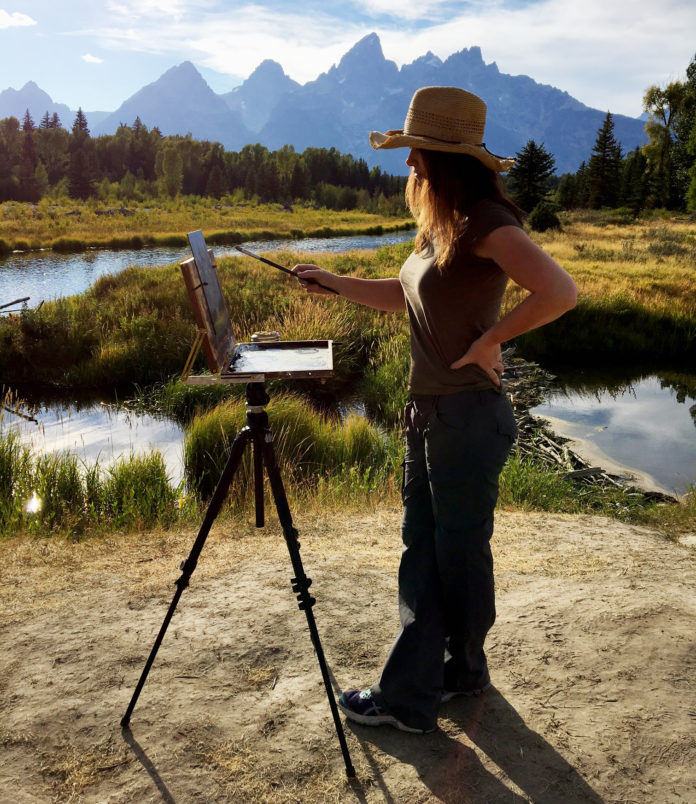

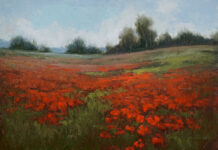
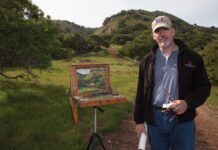
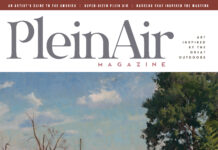
Interesting read!
Have to smile thinking about the things that have happened to me just beginning to paint outside and the same things happening to the professionals who do this for a living